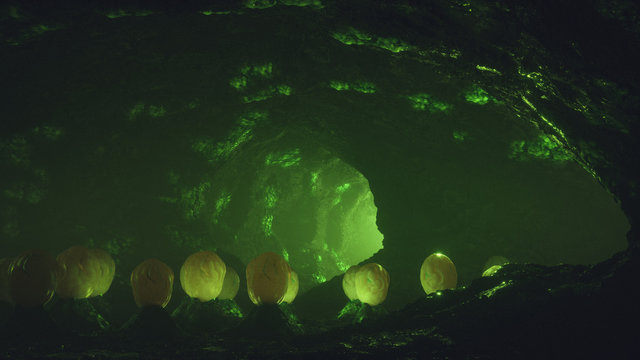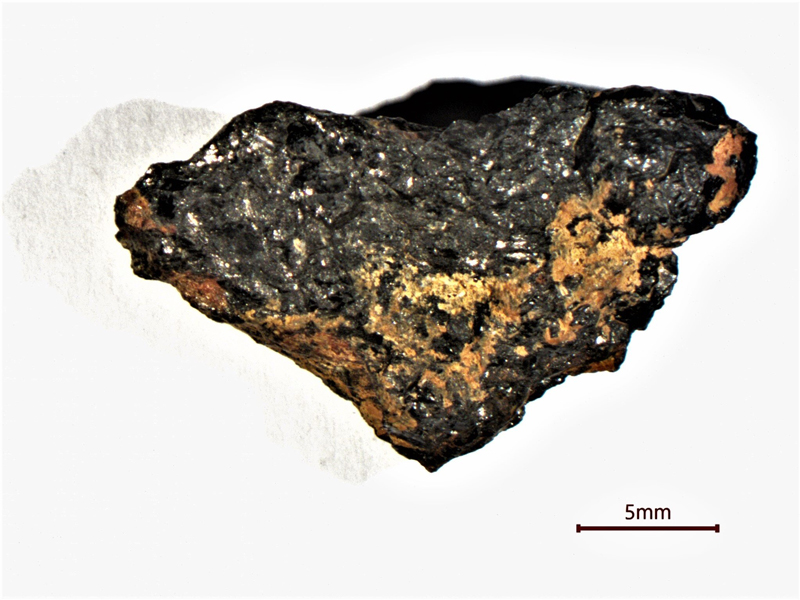A chunk of rock which fell to Earth and was discovered in the deserts of Egypt may hold the key to our understanding of how the solar system was formed.

An extraterrestrial stone uncovered decades ago in Egypt may be evidence of an ancient stellar explosion, according to a new study.
Scientists think it could be the first Earthly evidence of a “standard candle” supernova explosion.
Standard candle supernovas, also known as type la, get their name for burning brightly consistently so they’re like a candle to astronomers.
They’re powerful explosions that happen when a white dwarf star consumes another.
Scientists now think Egypt’s Hypatia stone could be evidence of one of these supernovas that happened billions of years ago.
It was discovered in the Egyptian desert in 1996.
A new study of its chemical makeup suggests it could have formed from bits of dust and gas surrounding a supernova.
It would take billions of years for dust and gas to fuse together and form a space rock.
Geochemist Jan Kramers from the University of Johannesburg in South Africa said: “In a sense, we could say, we have caught a supernova Ia explosion in the act, because the gas atoms from the explosion were caught in the surrounding dust cloud, which eventually formed Hypatia’s parent body.”
Hypatia would have that shot around the universe until it impacted with Earth’s atmosphere and burned up, falling as a small stone over Egypt.

A strange “alien stone” found in Egypt may be evidence of an ancient space explosion.University of Johannesburg
The new research, published in the journal Icarus, suggests the rock wasn’t formed in the inner solar system.
Its chemical makeup means it’s different from other space rocks that usually pass Earth.
Kramers said: “If this hypothesis is correct, the Hypatia stone would be the first tangible evidence on Earth of a supernova type Ia explosion.”

A 3-gram sample of the Hypatia stone. (Romano Serra)
The discovery is exciting because it could teach us more about stellar explosions and the chemical compositions of space objects outside our arm of the Milky Way.
Kramers added: “Perhaps equally important, it shows that an individual anomalous parcel of dust from outer space could actually be incorporated in the solar nebula that our Solar System was formed from, without being fully mixed in.”








